Here we are, the fifth and final installment of 1934’s Paramount Sales News cartoons by Hal Seeger. The sun has set on Betty Boop while the Popeyes are increasingly excellent. Even, so, Betty Boop’s marquee value is still comparable to Greta Garbo (see Nov. 21’s panel). The intertwining of Paramount’s live action players with Fleischer’s celluloid characters would continue throughout the decade.
October-December 1934 (click images below to enlarge)
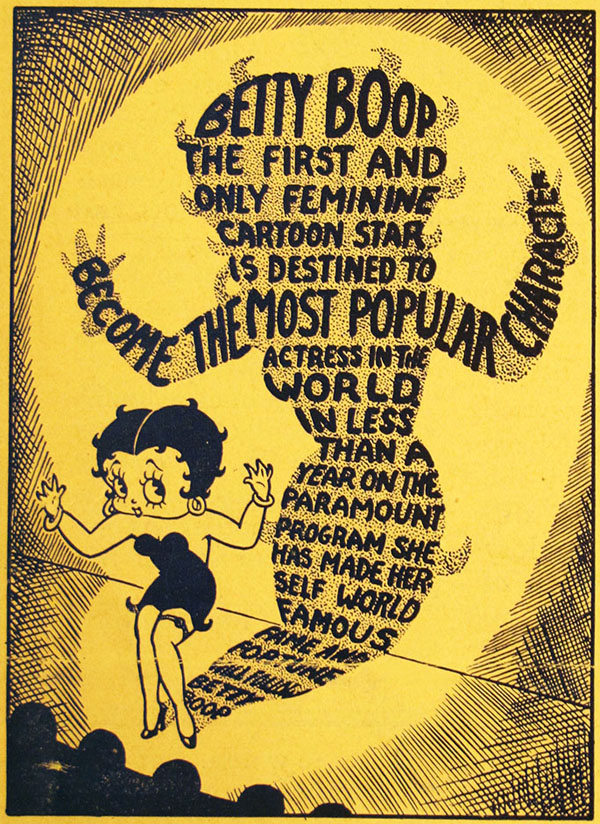
11-07-1934
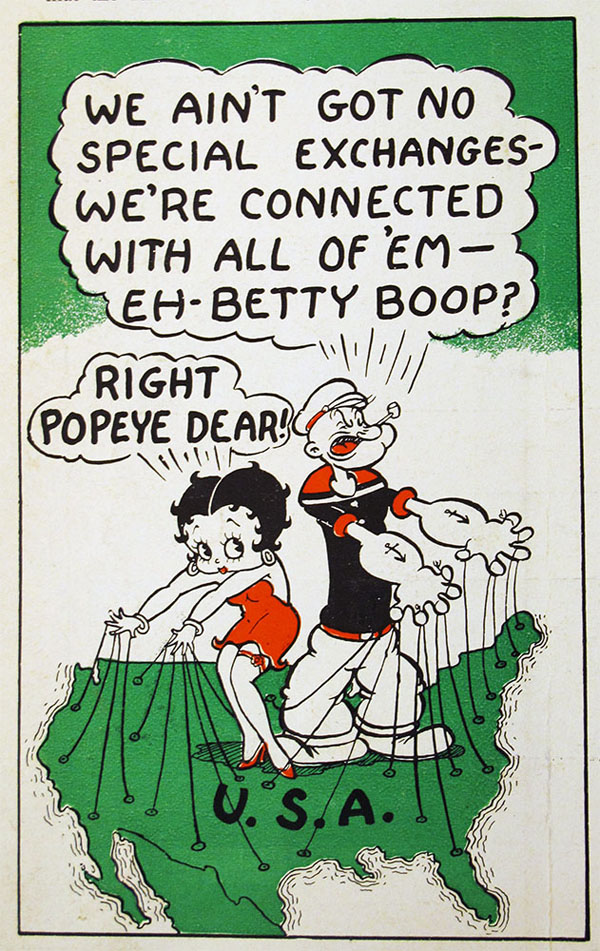
12-26-1934
Here’s a sample of what the salesmen were peddling at the time these promotional pieces above appeared in print.
When My Ship Comes In (released December 21st, 1934)
We Aim To Please (released December 28th, 1934)


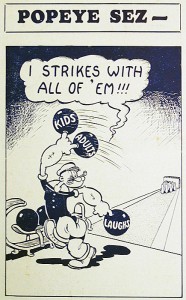

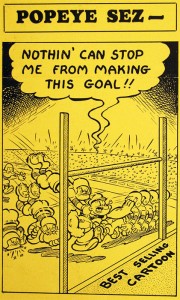
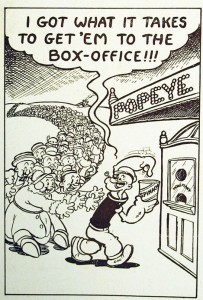
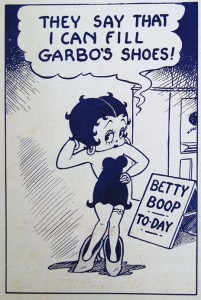

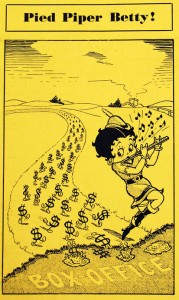
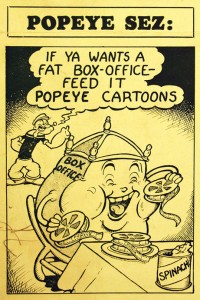

 THAD KOMOROWSKI is a writer, journalist, film restorationist and author of the acclaimed (and recently revised) Sick Little Monkeys: The Unauthorized Ren & Stimpy Story. He blogs at
THAD KOMOROWSKI is a writer, journalist, film restorationist and author of the acclaimed (and recently revised) Sick Little Monkeys: The Unauthorized Ren & Stimpy Story. He blogs at 
























































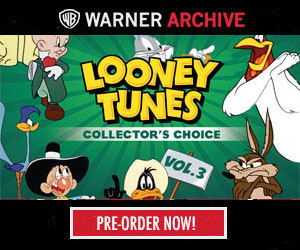
For the record, Garbo was an MGM contract player and never appeared in a Paramount film.
Bad phrasing on my part, thanks for the amendment.
Part of the confusion was the comparison of stars regardless of studio affiliation. It was not the issue of comparing Betty to Paramount contract players, but to compare her to her place in the film world. That is the point of this promotion. I believe a similar comparison was made between Popeye and Clark Gable as well. Yes, know the full depth of Hollywood history is important here. But we should be clear in the use of “Hollywood” as a representation of the Motion Picture industry, and not just the west coast, especially since Betty was an eastern gal. In that regard, she was the biggest film star on the east coast. Now that’s something I don’t think has been realized.
Future panels in this series will compare Popeye and Betty to (off the top of my head) Fred MacMurray, Bing Crosby, and Carole Lombard, who were all Paramount players at one time or another.
Again, love the high-octane cartooning on these. The image of the gluttonous box office eating reels of film will stay with me for days…
Thank you for posting these. God, Betty went downhill fast. Seeing a Waldman/Lokey credit at the start of a Fleischer cartoon doesn’t get me excited. The Code hated sex, loved violence, and that’s how Betty & Popeye’s careers continued.
What’s interesting is that this period of 1934 was the point of downhill sliding. Along with conforming to The Production Code by direction of Paramount, Betty got fat here! These ads were clearly designed to market her as a “brand” based on the better cartoons that had been made before. I think you would agree that they were coasting on her established reputation to sell these neutered musical gimmick cartoon vehicles she was featured in by this time.
The promo art’s been great,and the two sample toons were good! (I wonder,though,if George Orwell was a closet Boop fan) i.e. the Animal Farm reference.Just a stab in the dark!
Not that it’s any great shakes in the humor department, but at least “When My Ship Comes In” has a nice tune and animation going for it. And while it may have been inadvertent because the reel was over (or perhaps UM&M clipped the ending?) but it was kind of nice to see the Fleischers go for a happy, wish fulfilling ending instead of a cynical ‘it was all a dream’ ending or something like that.
I also note the short used “We’re In the Money” at one point. I’d never heard that tune outside of the Looney Tunes. So it wasn’t a WB-exclusive song?
Some Warner’s songs were licensed such as “We’re in the Money” and “Singin’ in the Bathtub.